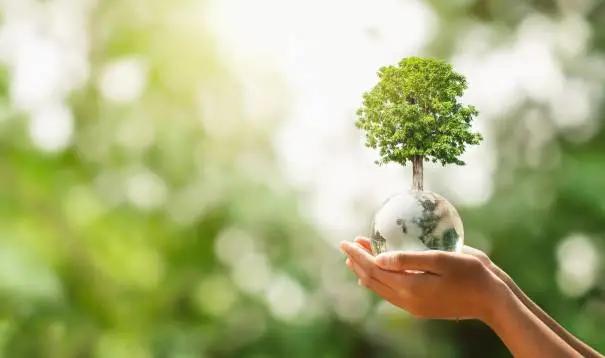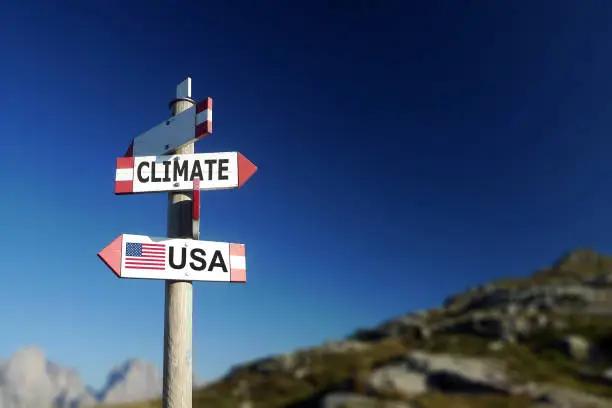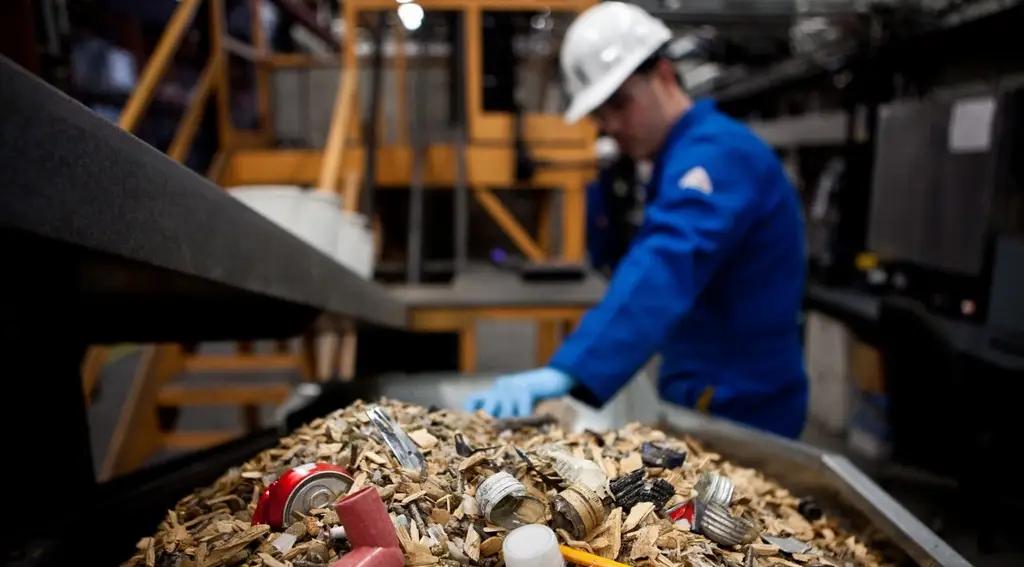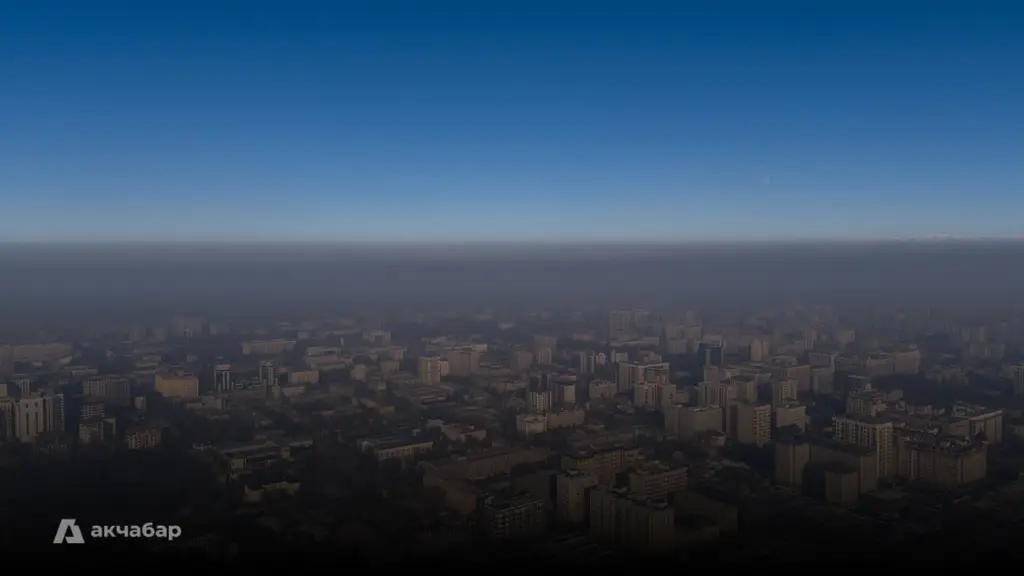
Published
09/30/2024, 20:05Bishkek hosted an International Scientific and Practical Conference “‘Central Asian Ecosystem Conservation and Sustainable Development: Principles, Challenges, Prospects’. The event brought together leading scientists and specialists from Kyrgyzstan, Kazakhstan, Uzbekistan and other countries to discuss issues of biodiversity conservation, sustainable development and climate change.
SHARING EXPERIENCE
One of the key issues was the dissemination of experience in creating micro-preserves in Kyrgyzstan, which have received the official status of protected areas and have become an important part of the region's nature protection system.
They also discussed issues of sustainable development and conservation of ecosystem biodiversity, as well as the role of protected areas in ecosystem restoration. Besides, they raised the problems of climate change's impact on ecosystems, the role of local communities in the conservation of natural resources and international cooperation in ecology.
Kumar Mambetaliev, Head of the Bioresources Department of the Ministry of Natural Resources, Environment and Technical Supervision, noted that our republic always supports initiatives to preserve wildlife, including biodiversity. For example, KR has instigated the initiative “Nature knows no borders: Transboundary cooperation - a key factor in the conservation and use of biodiversity”, which has been approved by the UN General Assembly resolution. The document is aimed to take joint urgent measures to protect the environment, conserve biodiversity and ensure environmental security.
“To preserve biodiversity in general and, in particular, in the Central Asian diversity, as representatives of the authorized state body, we call for environmental diplomacy that meets the interests of all countries and emphasizes cooperation to maintain the preservation of ecosystems, habitats of rare species of flora and fauna,” Kumar Mambetaliev said.
FOLLOWING SHUKUROV'S PRECEPTS
Anastasia Makarieva represented at the event the Russia's largest scientific institute, the St. Petersburg Institute of Nuclear Physics. She noted that the problem of biodiversity conservation as a functional ecosystem that determines the quality of our lives is very complex. And that is why people need to exchange experience and live first-hand information, which is difficult to find elsewhere.
Anastasia Makarieva took part in the conference with her colleague, whom she works with at the Institute of Nuclear Physics in the Department of Theoretical Physics, which seems unusual for environmental topics in general.
"For many years now, we have been working on developing the role of ecosystems in maintaining climate resilience. We have forests, aquatic ecosystems that have developed over many years of evolution, and they are not just objects, but an essential process that keeps the environment in the state it should be in. In our research, in particular, we show that ecosystems play a huge role in transporting atmospheric moisture so that the biosphere can develop so that photosynthesis can take place. And we have shown that forests play a key role in this,’ she says.
Mikhail Yakovlev, Country Coordinator of the Programme for the Conservation of Key Biodiversity Areas in Mountainous Regions of Central Asia, said that the programme is implemented by the Critical Ecosystem Partnership Fund. This is the fund to support ecosystems. It also supports local community efforts to conserve natural ecosystems globally, i.e. in so-called biodiversity hotspots. Central Asia is one of such biodiversity hotspots, with 1,500 endemic species. In Kyrgyzstan, despite its small territory, 3.5% of all biodiversity is accumulated. This is a great number of species!
The Fund through its grant programme supports community efforts to preserve unique ecosystems. In this regard, one of the grantees is the Centre for Civil Initiatives ‘Leader’, which decided to try to put into practice Emil Shukurov's concept of creating micro-preserves. Emil Zhaparovich, a PhD in Biology and Doctor of Geography, Professor, Honoured Scientist of the Kyrgyz Republic, had been promoting the concept of micro-reserves for a long time. He said that if there were at least 100 metres, they could already be protected and preserved. Emil Shukurov passed away in 2019, and this conference was held under the aegis of the memory of the outstanding scientist.
In the year before last, the government signed the decree on micro-preserves, stating that such reserves can be established by local communities under a local government signature.
By the way, the very concept of micro-preserves has been legislatively confirmed only in Kyrgyzstan. This event should help spread the approach of micro-reserves because the population living on these territories knows better what needs to be preserved: unique species of animals or plants, Mazars, and memorable places.
By the way, the Centre for Civil Initiatives ‘Leader’ is implementing the project ‘Expansion of the concept of micro-reserves in the regions of Kyrgyzstan’. A total of five micro-preserves have been established within its framework: Kara-Koyun, Ozgorush Aigulu, Kulupbek, Salaa-Tash and Kyzyl-Suu.
For example, the Kyzyl-Suu micro-reserve is located at an altitude of 1,609 metres above sea level and covers an area of 10 hectares. Sea buckthorn, barberry, rosehip and caragana grow there, which play a key role in water and soil purification.
SEMENOV FIR AND SOGON-TASH CAVE CONSERVATION
Speaking about large nature reserves, there are ten state nature preserves in Kyrgyzstan. Most of them are located in the south of the republic. For example, four - Sary-Chelek Biosphere Reserve, Besh-Aral, Padyshatinskiy and Dashmanskiy - are in the Jalal-Abad oblast.
There are also 13 state natural parks in the country. For example, ‘Karakol’ in Ak-Suu district on Issyk-Kul was established in 1997. The park occupies an area of 38 thousand 314 hectares, and its activities are related to the unique natural complexes and spruce forest preservation.
Also in the Ak-Suu district, there is the park ‘Khan-Tengri’, established to preserve unique natural complexes and biological diversity, to protect rare and endangered species of flora and fauna of the Central Tien Shan.
The Kara-Buura park is located in the Kara-Buura district of Talas oblast, which was established to preserve unique mid-mountain savannoids, alpine and subalpine meadows and biological diversity of the Western Tien Shan.
The richest region of the republic in the number of state nature reserves is Jalal-Abad. There, for example, the Chychkan reserve is located in the Chychkan Gorge. It was created for the protection and preservation of all fauna, as well as mountain currants and raspberries. Also in the Aksyisky district of Jalal-Abad oblast, there is the Baltyrkhan reserve, where the Semenov fir of natural origin is preserved. In the Bazar-Korgon district in the Kara-Ungur tract, there is the Sogon-Tash cave, also considered a protected area.
In the Issyk-Kul region, there is the famous Jeti-Oguz reserve, created to protect roe deer, goat, red deer and all fauna. In Talas oblast, for example, there is ‘Maimak’, where Kaufman's tulip grows.



